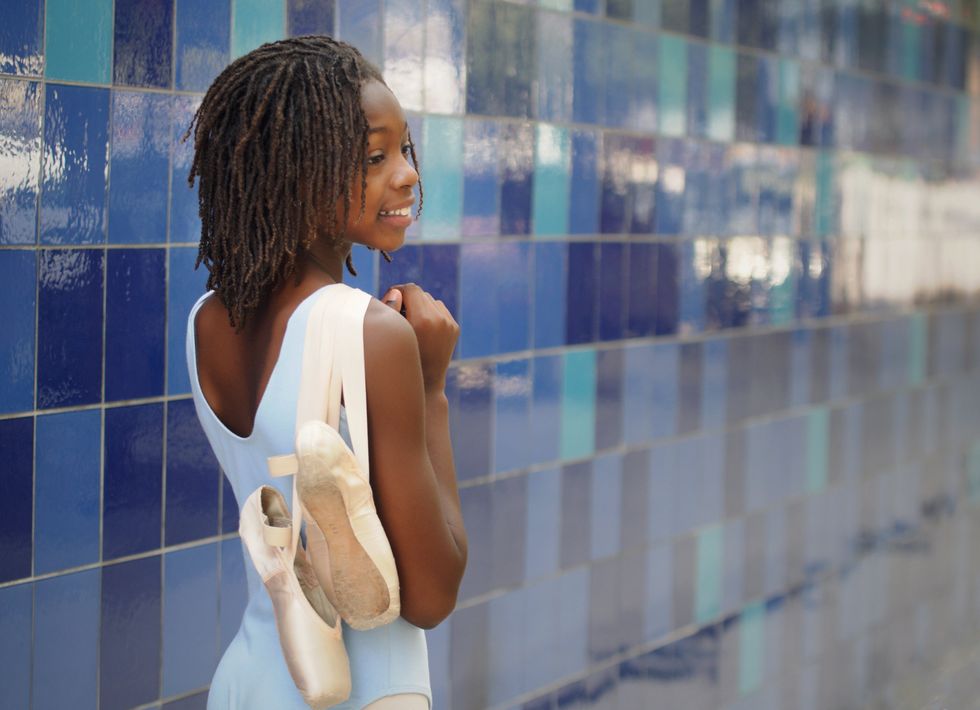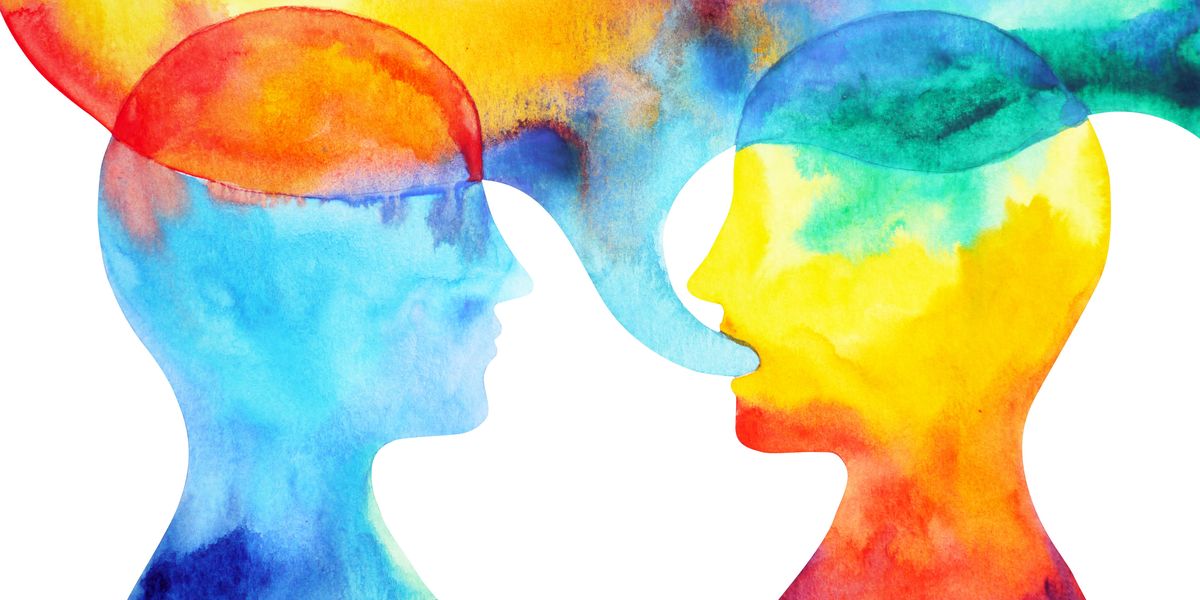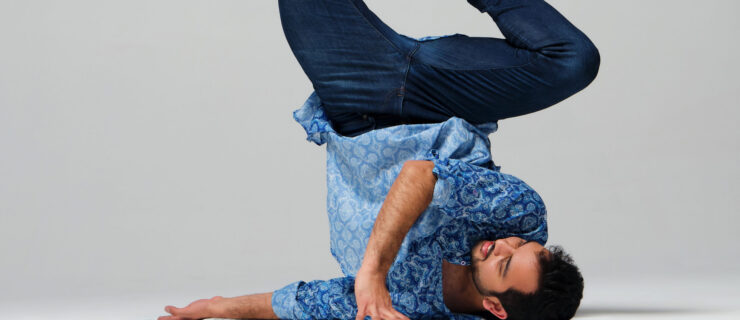Experts Talk Mental Health: Four Therapists Sound Off
When Dance Magazine surveyed our readers last summer, 81 percent said the field wasn’t doing enough to support mental health. We sat down with four mental health professionals, each with more than a decade of experience working with dancers, to find out their thoughts on how mental health is being addressed in the dance community today, and what makes it so challenging.
Who We Talked To:
Dr. Bonnie E. Robson
, a retired performance psychiatrist in Toronto, began her work with dancers at the National Ballet of Canada in 1983.
Dr. Nadine J. Kaslow
, a clinical psychologist in Atlanta, consults with dancers at Atlanta Ballet.
Dr. Brian Goonan
, a sports psychologist in Houston, was a consultant to the Houston Ballet Academy from 2009 to 2017.
Dr. Toby Diamond
, a general psychologist in Seattle, consults with Pacific Northwest Ballet School.
The opinions of each are their own and do not represent those of the dance institutions they work with.
What makes treating dancers unique?
Dr. Kaslow:
They have to decide how seriously they want to pursue it much younger than other artists. The developmental pressures are different for things like socializing and dating. There’s much more homeschooling. I also think that the level of perfectionism demanded is different, and if you can’t handle the perfectionism pressures, I think that you can’t stay.
Dr. Goonan:
They are so young. They don’t have a lot of good coping mechanisms yet to deal with that level of perfectionism on top of everything else a teenager goes through.
 Dancers have to decide whether to pursue this field much younger than other artists, which can put outsized pressure on students. Photo by Ilona Virgin/Unsplash
Dancers have to decide whether to pursue this field much younger than other artists, which can put outsized pressure on students. Photo by Ilona Virgin/Unsplash
Do you think dancers are more likely to experience a mental health challenge than the general population?
Dr. Diamond:
Adolescents in general experience depression at a very high rate. I think the problem with ballerinas is that their career starts when they are still adolescents, so they don’t have the long view. They haven’t achieved peace of mind to know that over time things can change and get better and all the things that we learn from maturity.
Dr. Robson:
An important issue is social isolation, which is one of the biggest factors leading to anxiety and depression.
Dr. Kaslow:
Ballet dancers are three times more likely to have an eating disorder than the general adolescent population. But there is also data that shows that dance can improve depression and anxiety in adolescents.
Dr. Goonan:
I have to wonder how much of the data relies on self-report. It is certainly more acceptable in high school to self-report depression than in the dance world, where you are supposed to present that everything is fine. Personally, I would argue there are more stresses and more pressure than the average student undergoes and without the same kind of outlets.
Have you experienced resistance from dancers?
Dr. Diamond:
They go to doctors and PTs for help much more willingly than mental health professionals.
Dr. Goonan:
But there is not resistance to seek support indirectly. So, often they will talk to the physical therapist or the Pilates instructor.
Dr. Robson:
I know that at one prominent ballet company in Europe, the psychologist had an office in the building, and as soon as they moved the office off site, they got more referrals and more dancers used the services.
Dr. Kaslow:
For me, it’s changed over the years. Initially I had that experience and I don’t anymore. I take class still every day and they see me there. There are also a couple dancers who have been very public about coming to therapy with me, and that seems to have shifted the culture.
Do you think the dance world does enough to address mental health?
Dr. Diamond:
Some institutions are doing a pretty good job. Others are not. That could have something to do with the director or in-house services not being affordable.
Dr. Robson:
I am part of Dance/USA’s Task Force on Dancer Health, and the executive board of Dance/USA are leaders from all over the United States and Canada. Gradually over the last 10 years they have begun to talk much more on mental health issues, asking more in-depth questions. “Tell us about mindfulness.” “Tell us about how we can get people to come forward earlier with problems.” They are recognizing that this is a dollars-and-cents issue, and that is a significant change.
Dr. Goonan:
We typically see dancers when the wheels have already fallen off the wagon, and now there is more interest in prevention.
In a Dance Magazine survey, 81 percent said the dance world is not doing enough.
Dr. Kaslow:
I would agree.
Dr. Diamond:
Perhaps the professionals are doing something about it, but the students aren’t doing the front-loading, the preventive mental health exercises. They have very limited hours to sleep or do healthful things. Preventive care is the bottom of their list.
Dr. Goonan:
There is verbal homage paid. It’s kind of like equal wages: You can say that gender equality is important, but is it actually getting done? And that may be the difference between what you are hearing from an executive perspective saying “Yes, we need to do more about this” versus the survey that says “Yeah, but they are still not doing anything about it.”




